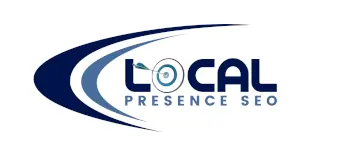Retargeting
What is Retargeting In Digital Marketing?
Studies indicate that only 2% of website visitors convert on their first interaction with a site. That means 98% constitute bounced traffic- online users who show interest in a site’s offering, but don’t take that extra step that would convert into a sale.
How do businesses reach this “lost” sale group? They use “retargeting.”
What is Retargeting?
Retargeting offers a powerful digital marketing tool that companies are using to reach bounced web traffic. The “retargeting” begins when you visit a website and perform certain targeted actions, like clicking on a product.
The action allows the website to anonymously place a cookie into a user’s browser. That happens for every new visitor. A retargeting provider like Google Ads uses the cookie data to place specific ads targeting these users whenever they browse the Web.
Companies use retargeting to:
- increase brand visibility to people who already showed interest
- increase chances of conversion
- generate leads
- create brand awareness
 On-site and off-site interactions
On-site and off-site interactions
Retargeting is most often associated with targeting users who have already interacted with a site. We call this “on-site interactions.” Here you base the targeting on their behavior, events, email list, or social media like Facebook.
The other strategy is to base the retargeting on “off-site” interactions. In this approach, you target users who haven’t interacted with the site. You could use Geo-Fencing or target those who visit partner sites.
Geo-Retargeting
Geo retargeting is an advertising tactic that targets users within a specified geographical location. When a user browses the Web in a particular location (called ‘Geo Fence’) and clicks on a website, the pixel tags them.
You can use Google Ads, Facebook Ads or other PPC tools to “Geo-Retarget” users and show them ads that can translate into more conversions. Location-based ads are great as they allow you to target the right users in the right places.
Event Retargeting
Event Retargeting allows a business to place advertisements targeting users who attend events- physically and online.
Event targeting tools can include Geo-fencing and other systems that allow a business to display ads to potential customers for up to 30 days after the event.
 Search Retargeting
Search Retargeting
Search retargeting occurs after a user visits a page and searches for content based on keywords similar to those in an ad campaign.
For instance, a user may use Google or Bing to search a given keyword and then proceeds to surf other pages. Search retargeting will display ads on these pages showing ad content related to the search history.
Contextual Retargeting
Contextual retargeting is when the retarget tools pick keywords from a potential customer as they browse a website. The system then selects and presents carefully chosen ads that closely relate to what the user was reading or looking at.
The ads could also appear pop-ups and linger for a specified time. If the targeted user fails to click on the ad, the system replaces it with a similar advertisement. The great thing is that the user can “go back” and view the previous ads.
Do you want to reach those users who showed interest in your site but never converted? Retargeting could the marketing strategy that suits you. At Local Presence SEO, retargeting is one of the many services we offer to help convert website users to customers. If this is a statrategy you are interested in learning more about, contact us here.



 On-site and off-site interactions
On-site and off-site interactions Search Retargeting
Search Retargeting













